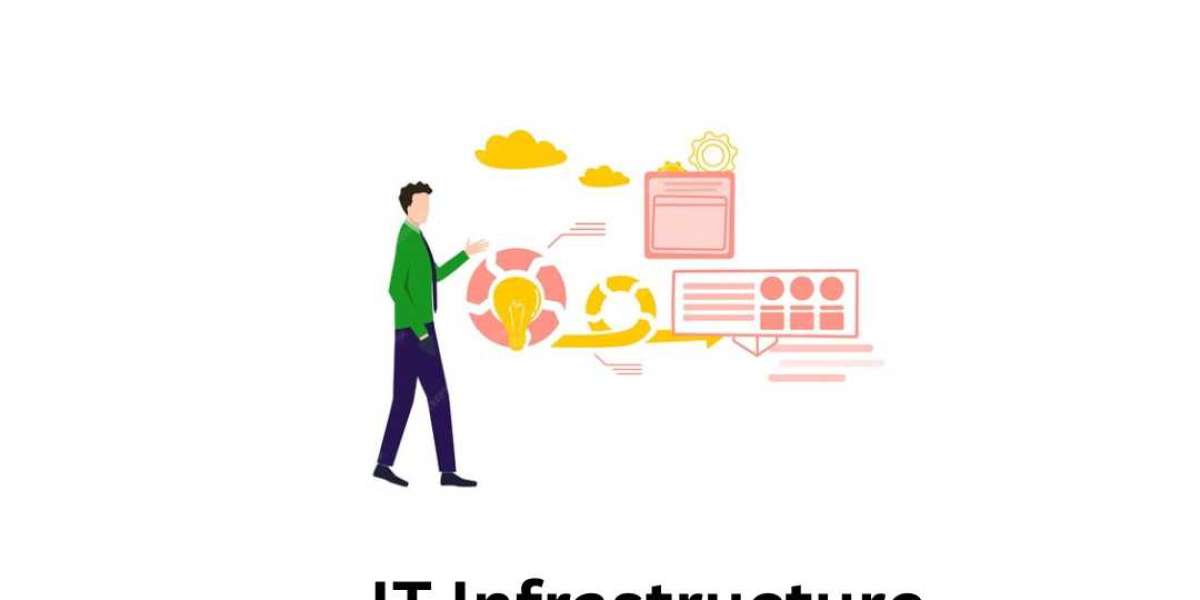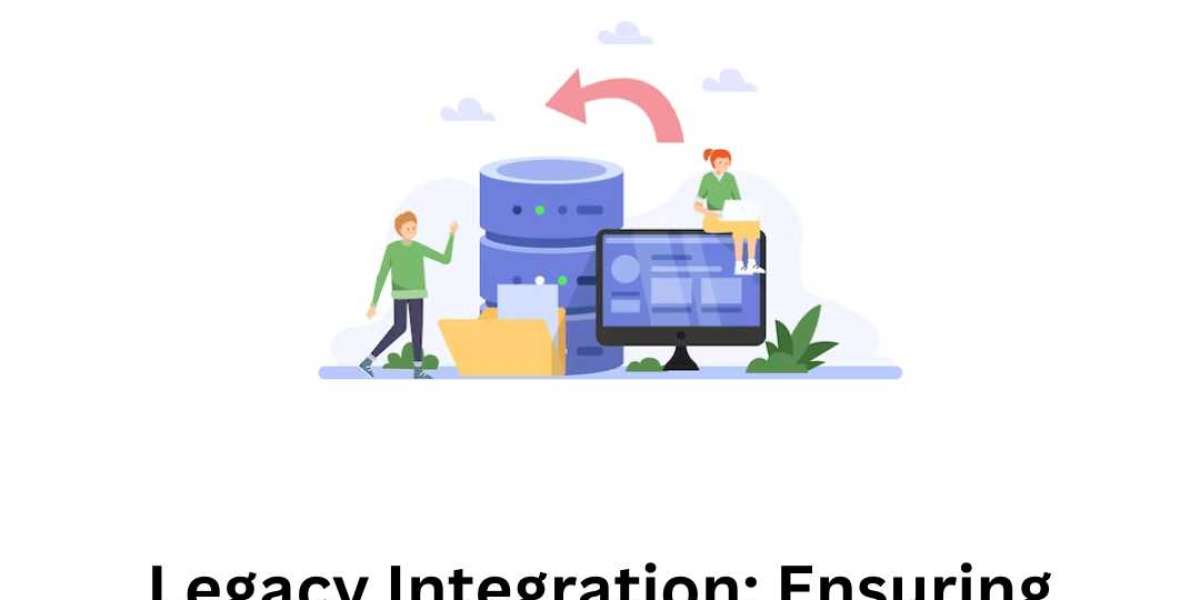In SAP carve-out projects, where a portion of a company's business operations and IT systems are divested, optimizing IT infrastructure is crucial to ensure seamless operations for both the divested entity and the remaining organization. This necessitates careful planning, assessment, and implementation of rationalization strategies tailored to the specific needs and objectives of the carve-out. Here, we explore some effective strategies for rationalizing IT infrastructure in SAP carve-outs.
1. Conduct Comprehensive IT Infrastructure Assessment
Before embarking on any rationalization efforts, it's essential to conduct a thorough assessment of the existing IT infrastructure. This assessment should encompass hardware, software, networks, and data centers, evaluating their current state, capacity, performance, and compatibility with the carve-out objectives. Identifying redundancies, legacy systems, and areas of inefficiency is critical to inform rationalization decisions.
2. Define Rationalization Goals and Prioritize Initiatives
Once the assessment is complete, define clear rationalization goals aligned with the overall objectives of the SAP carve-out. These goals may include reducing costs, simplifying operations, enhancing scalability, or improving agility. Prioritize rationalization initiatives based on their impact on achieving these goals, considering factors such as cost savings, operational efficiency gains, and strategic alignment.
3. Consolidate and Standardize Systems and Applications
Consolidating redundant systems and applications is a key strategy for optimizing IT infrastructure in SAP carve-outs. Identify overlapping functionalities across the divested and retained entities and rationalize them by selecting the best-fit solutions. Standardize on common platforms, technologies, and processes wherever possible to streamline operations and facilitate integration.
4. Embrace Cloud and Virtualization Technologies
Cloud computing and virtualization offer significant opportunities for IT infrastructure optimization in SAP carve-outs. Consider migrating legacy applications and workloads to cloud environments to reduce hardware dependencies, enhance scalability, and achieve cost efficiencies. Virtualization technologies can also help maximize resource utilization and improve flexibility in managing IT infrastructure.
5. Streamline Network and Data Center Operations
Evaluate network and data center configurations to streamline operations and enhance performance. Consolidate data centers where feasible to reduce overhead costs and simplify management. Implement network optimization strategies to improve bandwidth utilization, reduce latency, and enhance security across distributed environments.
6. Ensure Data Security and Compliance
Throughout the IT infrastructure rationalization process, prioritize data security and compliance with regulatory requirements. Implement robust security measures, access controls, and encryption protocols to safeguard sensitive data during and after the carve-out. Conduct thorough compliance assessments to identify and address any gaps or risks proactively.
Conclusion
Optimizing IT infrastructure in SAP carve-outs requires a strategic and systematic approach that aligns with the goals and objectives of the divestiture. By conducting comprehensive assessments, defining clear goals, and prioritizing initiatives, organizations can streamline operations, reduce costs, and position themselves for long-term success in both the divested and retained entities. Embracing cloud, virtualization, and network optimization technologies while ensuring data security and compliance will be critical in achieving the desired outcomes of IT infrastructure rationalization in SAP carve-out projects.








